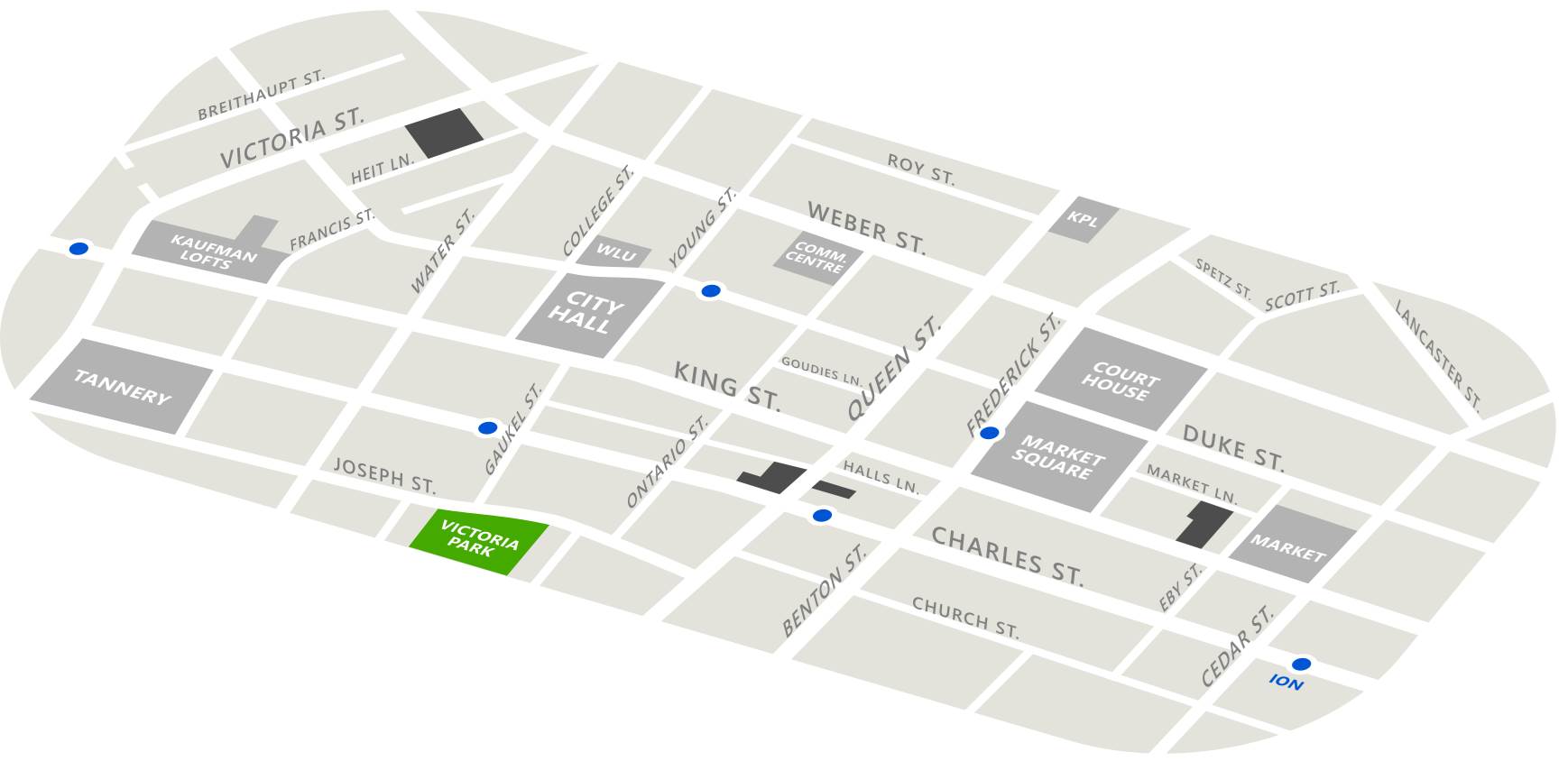By Ken Westhues
Published September 2001
Among the groups scheduled to visit the Working Centre this fall is the Arts first-year seminar at the University of Waterloo on “Cliques, Crowds, and Individuals.” Last year the seminar spent an evening with Jean Steckle at the Heritage Homestead on Bleams Road. This year the trek off-campus is to 43 Queen.
Why the seminar and why these trips? Because all of a person’s life depends on relations with other people. Observing, experiencing, and understanding different kinds of relations are an essential part of education and growth, both in and out of school.
Cliques are one form of relation: tight, exclusive circles in a school, workplace, church, or neighbourhood. The members are thick as thieves, and they have a thieving vision of the common good. A clique is a protection racket. You scratch your fellow conspirators’ backs and they scratch yours.
Individuals count for little in a clique. It is all for one and one for all. The threat of being shut out hangs over everybody’s head. Cliques have enemies.
Crowds are similar to cliques, but on a larger scale. Participants sometimes wonder afterwards how they could have so completely lost their individual minds. The crowd roars with one voice. It gathers, moves, turns, attacks, and destroys, as if it were a single invincible being. Eventually it scatters, and those who were caught up in it return to being individuals again.
A bureaucracy is vastly different from a clique or crowd, but it, too, suppresses individuality. In this case it is by shackling members to minutely defined roles and subjecting them to detailed rulebooks. Nobody can do anything without first checking the manual of policy and procedure.
It is not to see a clique, crowd, or bureaucracy that the university students visit Steckley Farm and the Working Centre. It is to see ongoing efforts toward a different kind of relation between self and others, the relation called community.
A community is a crisscrossing web of connections between individuals. Members do not hide who they are or where they come from. Unlike a clique or crowd, a community does not demand the surrender of self. The regulations are not tight, the party line is not strict. A community has a sense of humour. It treads lightly. Its air is bracing. It does not suffocate its members, but instead enlivens them, awakens them to new possibilities.
Even if it is small, just a few dozen people, a community is roomy. There is space for people to be themselves and at the same time to find one another in an ever-changing array of human ties. In this way, a community is not the enemy but the friend of individual identity and personal autonomy.
It is no accident that people who champion community development in its truest sense also stand up for individual dignity and rights. An example in Waterloo Region is Andrew Telegdi, a former member of the Working Centre Board best known locally for his work at Youth in Conflict with the Law.
Building community has been Telegdi’s overarching goal, but not at the expense of personal freedom and individual liberty. Battling cliques, crowds, and bureaucracies is what Telegdi is famous for. He is partisan, of course. As a politician and Member of Parliament, he has to be. Yet over the past year and a half, he has dissented from his party and the federal government, in defense of the rights of individual citizens, native-born and foreign-born.
It is not just Telegdi, Steckley Farms, and The Working Centre that serve at once the community and the individual. Proof abounds across this region that serving the one does not mean scorning the other, that the community and the individual are not opposites. The common good is not a sufficient goal, as if it deserved the sacrifice of your freedom and mine. Nor is personal freedom the end-all of life, as if hell were other people. The goal is to let free citizens connect. A community is not designed or engineered. It is allowed to happen.
-
Professor of Sociology at University Of Waterloo; Member of The Working Centre Board of Directors from 1989-2016.
View all posts
